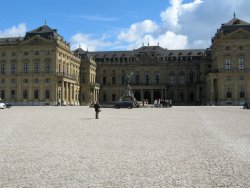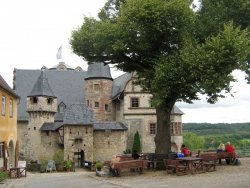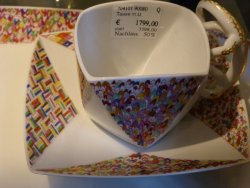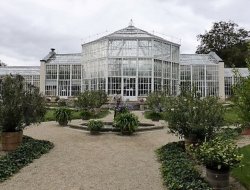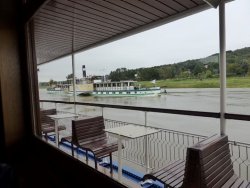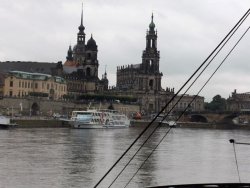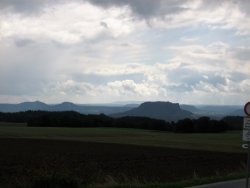The day we left Weimar was the least enjoyable of the trip. This was because we visited what was left of Buchenwald Concentration Camp. I had been to Dachua when I was about 22 and with the arrogance of youth it didn't have a great effect on my. Nearly 40 years later Buchenwald really hit me hard.
We had spent a couple of days in Weimar running across memorials to Schiller & Goethe seeing beautiful buildings and green and pleasant parklands. We then drove 10 minutes out of town and arrived at a memorial to mans worst nature. This place also puts in context the claim by many in Germany after WW2 that they didn't know about these places. It is about 10 km out of the centre of town and was visible from the outer suburbs. There were tales from inmates of being herded through town whilst being spat on and abused by the locals. The inmates were also used to clean up after air-raids. The saving grace is that the German Government has made no attempt to hide what happened here. An excellent audio guide is available and a very extensive and moving museum and commemoration site is contained within the fences.
It was a 'labor camp' not a 'death camp' but still over 56,000 people died here - about 24% of the total prisoners. After the end of the war it was used as a Soviet Special NKVD camp and over 7,000 more people died - again about a quarter of the total inmates.
It took me several days to get over this visit and I will never go to another place like this.
The main entrance and cell block
View attachment 213840
View attachment 213841
The wording on the gate reads
Jedem das Seine which in contextual translation means "to each what he deserves"
View attachment 213842
The footprints of the barrack blocks
View attachment 213843
View attachment 213844
The Communist Era memorial
View attachment 213846
I am not too sorry about the loss of photos of this place.


























